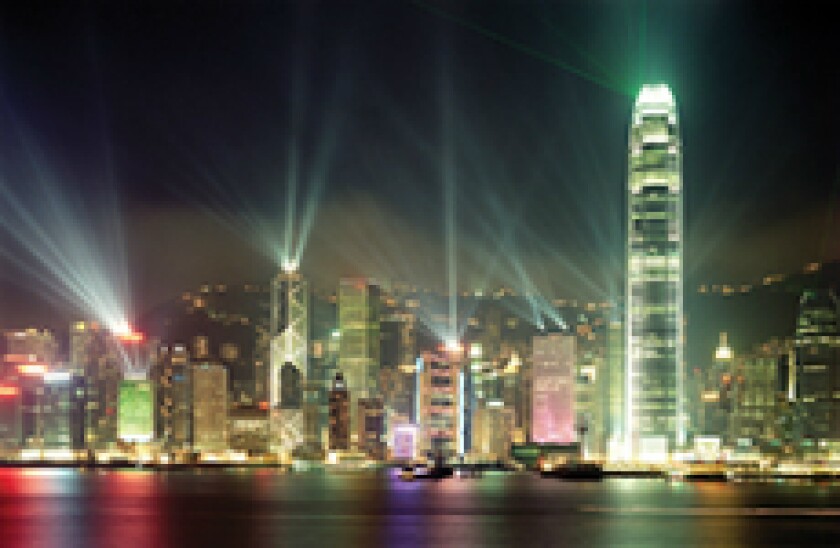Equity capital markets activity in the region has been raring to go since the summer slump and dramatic crash in China’s A-share market, which burnt both local and international investors and dented appetite for stocks.
But last week, hopes that the market was finally on its way to recovery were rekindled when China Re priced a HK$15.58bn ($2.01bn) offering at the top of guidance in Hong Kong. The trade reeled in some 200 accounts, as investors piled into the first billion-dollar-plus IPO in the city in more than two months.
The fact that China Re didn’t disappoint is a big boost to sentiment, especially as things are also looking up for Huarong, which is due to price an up to HK$19.6bn ($2.52bn) IPO on Thursday. But market participants would be wise not to read too much into the deals’ triumphs.
To start off with, China Re’s headline success masks the fact that some of the global accounts were conservative on price and had to be moved up or dropped from the book once pricing was firmed at the top. And because Mainland Chinese accounts were the least price sensitive, they ended up bagging the bulk of the shares during allocation.
None of this is unusual for a big state-linked IPO, and kudos to the leads for getting the deal done at terms most favourable to the issuer during difficult times. But what it also shows is that global investors are not quite ready to throw caution to the wind and dive headlong back into the market.
Not only that, but the majority of the cornerstones for China Re’s IPO were state-backed names — shedding further light on the restraint being shown by global accounts to Mainland stocks.
The same can also be said for Huarong, which put close to 70% of the stock with cornerstones — the majority of which were state-owned — to give the book enough momentum for lift off. Sending out a covered book message within hours of launching the deal might speak of a success story, but the feat falls short if global accounts are unwilling to pay up for the shares.
Banks sitting on a pipeline of offerings, expected to hit screens during the annual fourth quarter deluge, should keep in mind that while China Re and Huarong were popular, they don’t reflect a market recovery. Ultimately, they were transactions that had to get done because of the state imperative, and despite conditions not being optimal. As for investors, the deals are too big to ignore, even if they are expensive.
That’s why the trades that are yet to come will need to rely on more than just the momentum from China Re and Huarong, and be more creative about how they market themselves, especially if they lack size and state-owned credentials. Strong fundamental stories with reasonable valuations will be the winners, even if global investors continue to price in a higher risk premium.
No doubt most of the Chinese companies gunning for Hong Kong IPOs will find Mainland demand to support their trades. But they should note that pricing a “friends and family” deal doesn’t say much about the broader market environment.
Investors and issuers alike have been taken on the wildest ride that global ECM has seen in years. The tide may be turning, but it’ll take more than two popular IPOs for normalcy to return.

